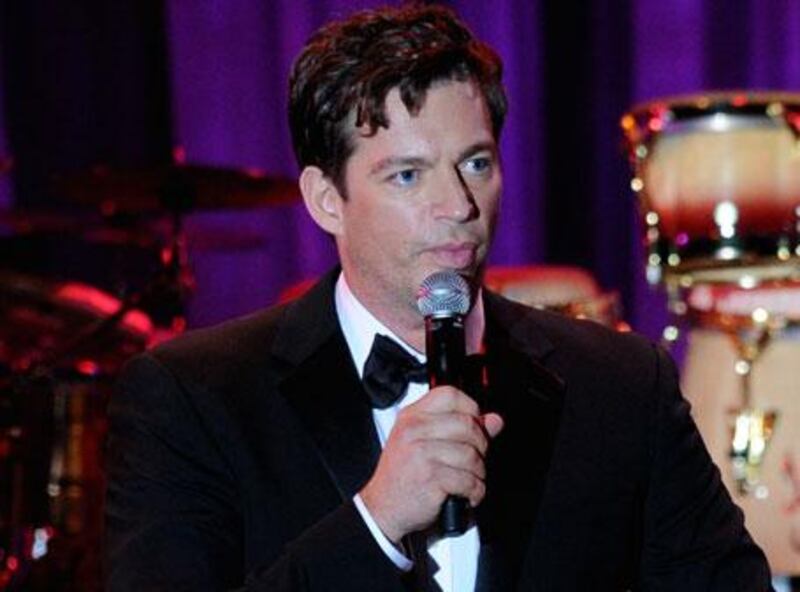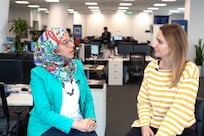There's a type of joke, for want of a better word, that works by rapidly alternating very good and very bad news. A skydiver's parachute fails to open: oh dear. There's a haystack right below him: oh good. There's pitchfork in it: oh dear. He misses the pitchfork: oh good. So it goes. These jokes rely for their effect on a property of human reasoning known as non-monotonicity. Simply put, we make default assumptions based on each new piece of information we receive, as will be clear to anyone who followed the UK election last week, with the confused and dissentious rumblings that greeted each development.
I say this because it seems to me that Harry Connick Jr presents a unique challenge to our fallible minds. He's sort of a jazz pianist, in the big-band tradition that seems to be the only one with any real money in it - the kind of music where you can release a Christmas album called Harry for the Holidays. But then he goes off on these commercially self-destructive walkabouts, putting out records of funk and go-go music and revealing a deep feel for the musical heritage of his hometown, New Orleans. He organised a telethon after Hurricane Katrina and made an unexpectedly decent benefit album, Oh, My NOLA, channelling the proceeds into a residential development for hard-up musicians.
Then again, he recorded the soundtrack to When Harry Met Sally. He acted in Memphis Belle, Independence Day and a slew of romantic comedies, and repeatedly on the network sitcom Will & Grace. Yet he was also content to mess up his easy-going, nice-guy persona for roles as a serial killer in Copycat and a wife-beater in the weird, genuinely frightening William Friedkin psychodrama Bug. Where does that leave us? Perhaps, as Zhou Enlai said of the French Revolution, it's too soon to say. All of which goes to suggest that Connick's show at the Abu Dhabi National Exhibition Centre tonight could give us all something to think about.
This year's Sounds of Arabia concert series draws to a close with a performance by the Lebanese-Palestinian diva Julia Boutros. Boutros rose to fame in the 1980s, which may go some way to explaining why I associate her with Sade. There are also the facts that she's a smooth operator, that her music is restrained and indefinably classic in sound, and that she has the kind of melancholy pout for which sepia tone was invented. If these are your cups of black, black coffee, the Emirates Palace is the place to be tonight.
Meanwhile, Carbon 12 gallery has an exhibition of abstract or semi-abstract painting by a trio of European artists. Annabel Emson is British and Suzanne Jonak and Martin Eiter are Austrian. They all seem to operate somewhere in the margin of landscape painting, which is to say, they go in for fields of space broken up by non-human but plausibly physical structures. In particular, Emson's work might pass for studies of fairgrounds rendered in the slashing style used by Katherine Bernhardt, another Carbon 12 artist, to depict fashion models. The show should help tide us over for the first bit of summer, when the real outdoors is no fun.





